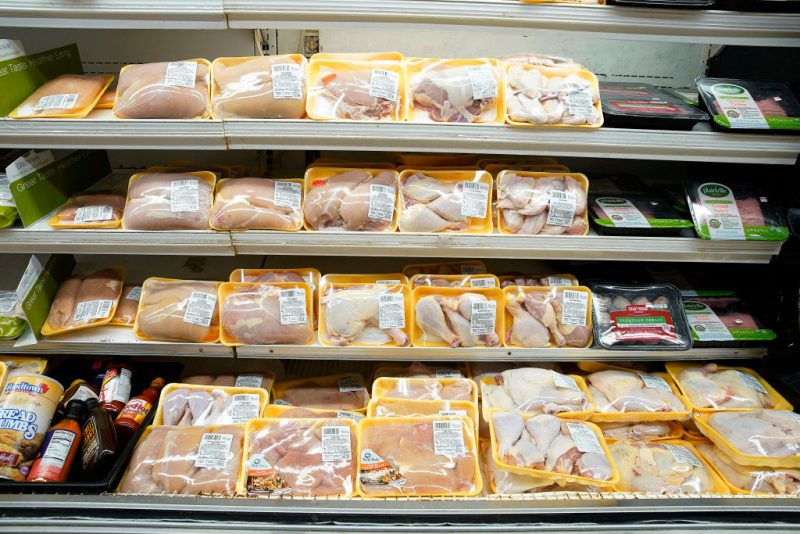
(NEXSTAR) — Eggs have been a hot and expensive commodity lately. Multiple major retailers have enacted an egg limit while Waffle House recently added a surcharge to every egg ordered.
You likely won’t, however, find a limit on how many packages of chicken breasts you can purchase at your local grocery store, or a surcharge on the Waffle House chicken dinner.
Why? It’s all about the type of chicken.
The chickens that produce eggs are not the same chickens that become wings, tenders, breasts, and drumsticks. The latter are known as broilers and are raised solely for meat production.
It’s egg-laying chickens that have been more widely impacted by the avian flu. Historically, the broiler population isn’t hit as hard, Bernt Nelson, an economist for the American Farm Bureau Federation, explained to Nexstar. That is changing as of late, with some broiler flocks in the Pacific Northwest being impacted by the bird flu.
The meat side of the chicken industry has another plus over the egg side: the products can be kept in frozen storage. The nation’s frozen chicken storage is down about 8% year-over-year, according to Nelson, but not to a level that threatens the poultry market.
“I think that goes to show that, even when we’re having these [bird flu] outbreaks start to have an impact on our broiler flocks, that has an extra layer of resiliency,” he said.
The prices of some chicken-related offerings have climbed. If you bought wings for your Super Bowl LIX party, you likely paid around $1.91 per pound, up from the roughly $1.76 per pound you paid last year. The frozen stock has, however, helped to cushion the blow, Nelson explained.
The egg market can’t be protected in the same way, and forecasting from the U.S. Department of Agriculture shows that it could continue to feel the impacts of the bird flu through the year.
The latest Consumer Price Index from the Labor Department shows egg prices are up 53 percent over last January. California consumers may see even higher price tags in part because of the state’s cage free laws (a similar law took effect in Colorado at the start of the new year). Cage free operations can lead to fewer birds and producers, Nelson said, which can make the operations more vulnerable to a bird flu outbreak.
Over the same time, fresh whole chicken is up just 0.5 percent while fresh and frozen chicken parts are up 0.8 percent.
It’s unclear when egg prices could come back down. Experts have previously warned that prices could rise another 20 percent in 2025, depending on how long the bird flu hangs around.
The latest monthly consumer price index showed that the average price of a dozen Grade A eggs in U.S. cities reached $4.95 in January, eclipsing the previous record of $4.82 set two years earlier and more than double the low of $2.04 that was recorded in August 2023.
The Associated Press contributed to this report.












